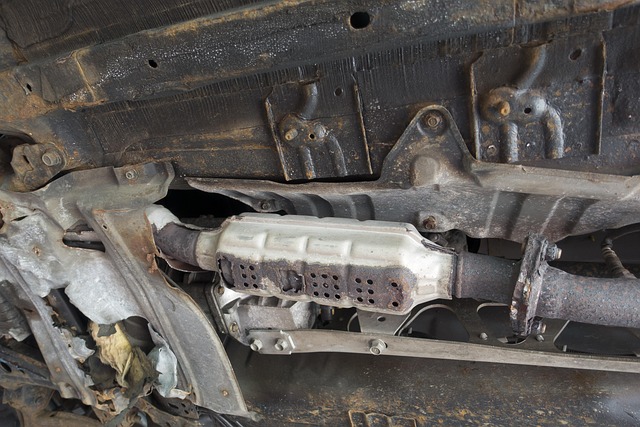Mold and mildew in San Antonio homes, often caused by leaky pipes, inadequate ventilation, or flooding, pose health risks and require prompt action. Regular inspections are vital to identify hidden mildew growth after severe weather. Effective disinfection involves removing affected items, cleaning with commercial mold removers or water-mild detergent solutions, allowing cleaners to sit, wiping away residue, and using a steam mop on hard floors for complete property restoration.
In the humid San Antonio climate, both mold and mildew can thrive in homes, often going unnoticed until they become a health hazard. Understanding these invisible invaders is crucial for homeowners. This guide delves into the root causes of mold and mildew, particularly in San Antonio’s unique environment, and provides practical solutions to identify and address their presence. If you detect a musty mildew smell in your house, it could be an early warning sign of a larger issue. Learn effective disinfection methods to ensure a safe and healthy living space.
- Understanding Mold: Causes and Health Risks in San Antonio Homes
- Recognizing Mildew: Signs and Sources of Contamination
- Effective Disinfection: Step-by-Step Guide for Property Restoration
Understanding Mold: Causes and Health Risks in San Antonio Homes

Mold, often mistaken for mildew, is a common yet insidious issue in homes across San Antonio. It thrives in damp environments, growing undetected behind walls, in crawl spaces, or under flooring—areas that may go unnoticed until significant damage occurs. The presence of mold can lead to a musty smell, which is often the first clue for homeowners. This pungent odor is caused by volatile organic compounds (VOCs) released by mold growth.
Exposure to mold can pose health risks, especially for individuals with respiratory conditions or weakened immune systems. Common symptoms include coughing, sneezing, runny noses, and eye irritation. Prolonged exposure may lead to more severe issues, making it crucial to address mold problems promptly. Understanding the causes of mold in San Antonio homes—such as leaky pipes, inadequate ventilation, or flooding—is essential for preventing and effectively dealing with this challenging issue.
Recognizing Mildew: Signs and Sources of Contamination

Mildew, a type of fungus, often goes unnoticed until it produces a distinct musty odor—a telltale sign that can be particularly prevalent in San Antonio’s humid climate. This unpleasant scent is usually the first indicator that mold has taken up residence within your home. However, identifying mildew requires more than just relying on your nose; visual cues are equally important. Look for discolored patches on walls, ceilings, or even floors, as these could be signs of hidden mildew growth.
Common sources of moisture such as leaky pipes, inadequate ventilation, or water damage from storms or floods create ideal conditions for mold to thrive. It can develop in dark, secluded areas like basements, attics, or behind walls, making it difficult to spot initially. Regular inspections are crucial to identifying potential hidden mildew, especially after significant weather events or if you’ve recently experienced water infiltration issues in your San Antonio home.
Effective Disinfection: Step-by-Step Guide for Property Restoration

After addressing mold growth, it’s crucial to move on to effective disinfection for a complete property restoration. This involves a systematic approach to ensure all surfaces, air, and structures are free from any trace of mildew or mold spores. Start by clearing out all affected items—furniture, fabrics, and personal belongings—and discard or clean them properly according to the extent of damage. Next, wear protective gear, including gloves, goggles, and a mask, to safeguard against inhaling any residual spores during the cleaning process.
Begin disinfection with a thorough cleaning using a commercial mold remover or a solution of water and mild detergent. Apply this mixture to all surfaces, paying special attention to hard-to-reach areas and hidden corners where mold often hides. Allow the cleaner to sit for the recommended time to ensure maximum effectiveness. Then, use a clean, damp cloth or sponge to wipe away any residue, followed by a final pass with a dry towel. For hard floors, consider using a steam mop to kill any remaining spores while sanitizing the surface. Finally, ventilate the area well by opening windows and doors to expedite drying and prevent future mold growth.
Mold and mildew can pose significant health risks, especially in homes with poor ventilation. Recognizing their subtle signs, understanding their causes, and promptly implementing effective disinfection methods are crucial steps for San Antonio residents to ensure a safe living environment. By following the comprehensive guide outlined in this article, homeowners can tackle mold remediation and prevent future growth, thereby safeguarding their health and property value. Remember, addressing mildew smell in your San Antonio house is not just about aesthetics; it’s about maintaining a healthy living space.
